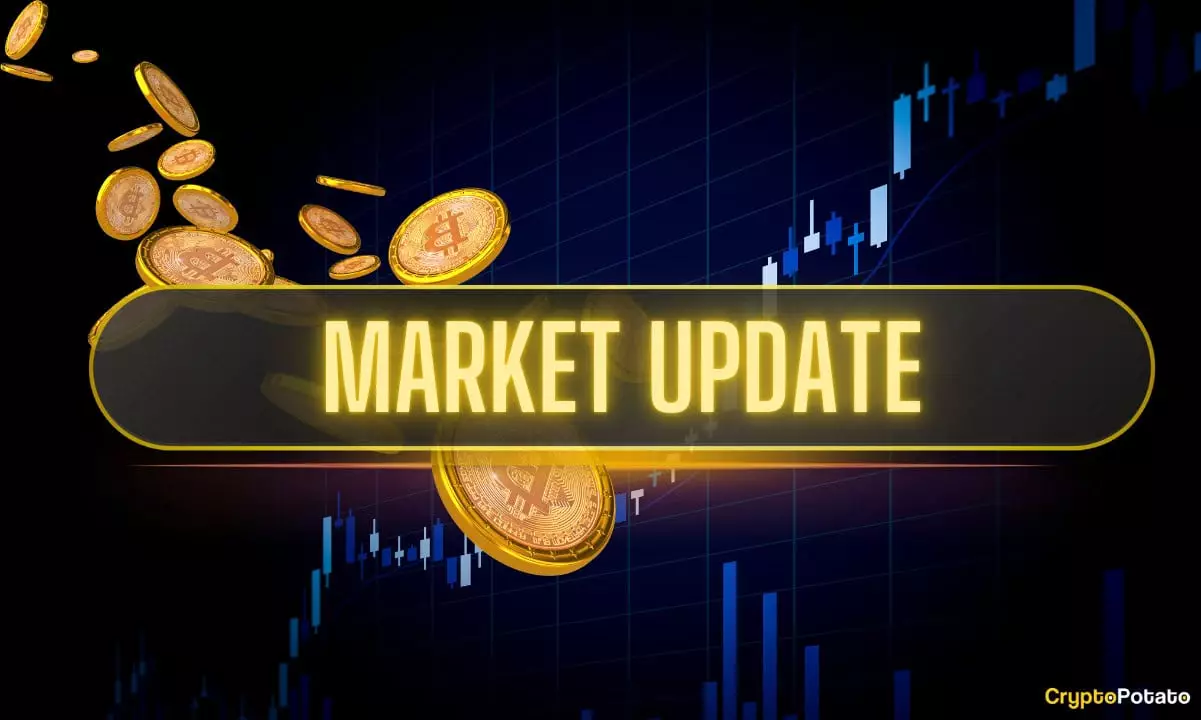The past week has been a vivid reminder that cryptocurrency markets are anything but insulated bubbles immune to real-world events. While Bitcoin (BTC) stubbornly clung to a near-flat weekly price, the rollercoaster beneath the surface revealed a severe sensitivity to geopolitical tensions—specifically the escalating conflict between Iran and Israel. From sudden plunges below the symbolic $100,000 mark to explosive rallies reclaiming $108,000, the week’s price action wasn’t driven by fundamentals or technology, but by bombshell news of US military involvement and the subsequent military and political chess moves.
This volatility reflects more than typical market reactions; it highlights the increasingly intertwined fate of crypto with traditional global affairs and conventional markets. To overlook this is naive. The days when Bitcoin merely tracked crypto sentiment in isolation are fading. Institutional players, who now make up a bigger chunk of crypto’s ecosystem, are savvy enough to factor in geopolitical risk, and their collective moves create ripple effects that shake both digital and legacy assets.
Bitcoin’s Resilience: The Lone Survivor Amid Altcoin Bloodbath
One striking observation this week was Bitcoin’s ability to withstand the storm, while altcoins experienced notable setbacks of 4% to 10%. This divergence isn’t just a temporary quirk but signals Bitcoin’s unshakable dominance as the premier digital asset in volatility periods. Investors seeking a relatively safer harbor flock to BTC during crises, underscoring its maturity compared to the speculative altcoin jungle.
This dynamic has substantial consequences: altcoins tend to show quicker erosion during turmoil, leading to transient recoveries followed by intense volatility cycles. For those favoring a pragmatic, center-right investor approach—prioritizing capital preservation over chasing nascent hype—Bitcoin remains the bedrock of any crypto exposure rather than the unpredictable altcoins promising quick riches.
Institutional Adoption: Mastercard and Chainlink Illuminate a Path Forward
Widgets like partnerships often act as quiet catalysts shaping long-term adoption trajectories, and the recent collaboration between Chainlink and Mastercard is a prime example. Enabling Mastercard’s three billion users to seamlessly buy crypto symbolizes a pivotal moment for accessibility and mainstream adoption, transcending the usual crypto echo chambers.
This isn’t just about convenience; it’s a tectonic shift in how payment giants embed cryptocurrency into everyday life. From a cautious liberal economic perspective, such alliances represent healthy integration of innovative technologies into established financial systems — without the disruption or recklessness associated with prior speculative manias. It fosters measured growth, bridges the gap between emerging asset classes and mass audiences, and legitimizes crypto’s role in diversified portfolios.
Legal Uncertainty: The Ripple Effect of the SEC vs. Ripple Saga
Yet, not all news is bullish. The ongoing SEC lawsuit against Ripple drags on with no immediate resolution in sight, defying expectations of a swift settlement or verdict. The judge’s refusal to grant a motion for indicative ruling means Ripple, and consequently XRP holders, are left in limbo.
Such legal ambiguity unsettles markets, injecting a toxic cocktail of uncertainty and risk aversion. Particularly from a regulatory standpoint, this case underscores the precarious position crypto assets occupy in relation to traditional securities law. It serves as a crucial reminder that decentralization and innovation will face institutional resistance and protracted legal challenges that can heavily influence market behavior.
Market Absorption of Massive BTC Sales: A Sign of Maturation?
A remarkable yet underappreciated trend this week was the market’s ability to absorb an extraordinary volume of about 720,000 BTC sales without triggering a catastrophic crash. Typically, such a volume—mainly offloaded by newer holders—would be a bearish signal. Instead, prices held firm, even edging higher.
This resilience is testament to a more sophisticated market structure enriched by long-term holders (LTH) who are regaining dominance over short-term traders (STH). When the LTH/STH ratio climbs, history shows it’s often the prelude to powerful upward runs, as long-term holders absorb dips and consolidate positions, dampening impulsive sell-offs. While historical patterns don’t guarantee future outcomes, this metric demands serious attention from prudent investors who understand cycles.
Top Cryptos to Watch: Surprises in Q3
The crypto analytics space, illustrated by Santiment’s recent insights, reveals that some unexpected altcoins could emerge from the pack stronger in the coming quarter. Although BTC dominance remains unquestionable, savvy investors ought not to ignore smaller projects with solid fundamentals, strategic partnerships, and real-world utility gaining momentum.
Yet, it is crucial to view these potential breakouts with calibrated optimism rather than speculative fervor. Markets riddled with geopolitical and regulatory uncertainties reward disciplined research and measured risk-taking rather than reckless chasing of headline-driven hype.
Stablecoins and Valuation Battles: Circle’s Surge Is More Than a Market Cap Number
Amid the chaos, Circle’s valuation surpassing $66 billion—following its recent success and outpacing USDC supply—signals that the stablecoin sector continues to cement its importance as the underappreciated infrastructure beneath crypto markets. Realistically, as governments debate regulation and scrutinize fiat-pegged tokens, players like Circle represent a significant confluence of traditional finance and decentralized technology. This valuation leap is less about speculative excess and more about recognizing stablecoins’ indispensable role in bridging fiat and digital economies.
However, complacency here would be misplaced. The stablecoin landscape remains vulnerable to regulatory clampdowns and market shocks, necessitating vigilant oversight and cautious optimism.
—
In sum, this past week’s crypto market turmoil was far from trivial noise or mere headline fodder. It encapsulated the volatile intersection between international conflict, evolving regulatory challenges, and institutional maturation of cryptocurrency ecosystems. For investors grounded in center-right liberalism, the lessons are clear: favor resilience and proven dominance epitomized by Bitcoin, embrace strategic, partnership-driven growth trends for sustainable adoption, and maintain wariness amid ongoing legal and geopolitical uncertainties. The market’s future will not cater to thrill-seekers or ideologues but to disciplined participants who adapt to changing realities without abandoning foundational prudence.


Leave a Reply